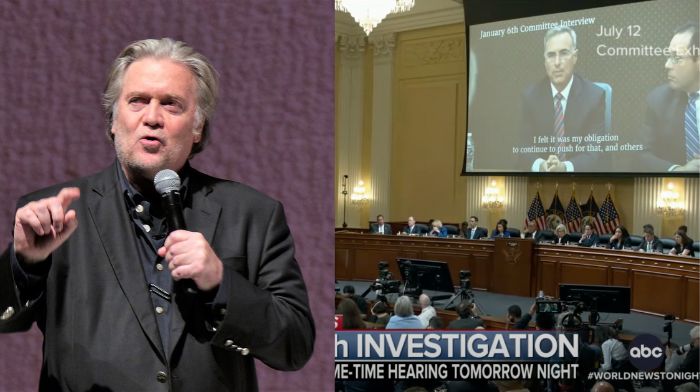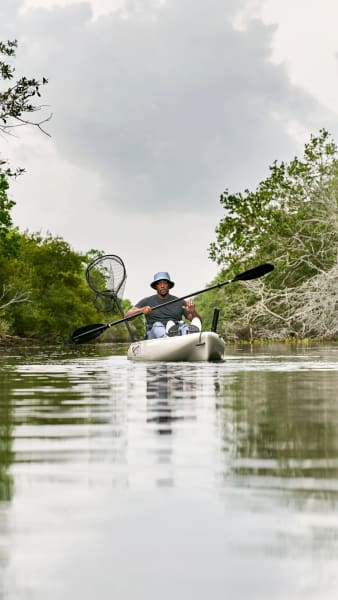A global analysis predicts that as we lose more bird species to extinction, those that remain will be more similar in terms of size, beak shape and other features
Life
21 July 2022
In the Himalayas, home to the Himalayan griffon vulture (Gyps himalayensis), bird diversity could decline significantly ephotocorp/Alamy
Climate change is not only driving the extinction of many bird species, but it may also mean that the birds that survive will have less diverse physical features.
In the last 50 years, the US and Canada have lost more than one-quarter of their birds – an estimated 3 billion animals – due to human activity.
A study released last year found that there are now 600 million fewer birds in Europe than there were in 1980. Extinctions are expected to continue according to the latest State of the World’s Birds report, which found that 48 per cent of birds worldwide are known or suspected to be undergoing population declines.
“We know we’re going to lose species, but we don’t know much about other aspects of diversity that are also super important,” says Emma Hughes at the University of Sheffield in the UK. As extinctions of some of the rarest and most distinctive birds continue, Hughes wanted to know if surviving species will become more alike over time – a process called “homogenisation”.
First, Hughes and her team examined museum collections of more than 8400 different bird species around the world. They compared each bird’s physical traits including body size, beak shape and leg and wing length. They then used a statistical model to predict how biodiversity would change in a future world where species now classified by the International Union for the Conservation of Nature as “critically endangered”, “endangered” and “vulnerable” were lost. The researchers also divided the globe into 14 different biomes or major habitats, such as tropical forest or grassland.
Their model suggests if only “critically endangered” birds are lost, 12 of the planet’s 14 biomes would trend toward more similar species. If all birds classified as “critically endangered”, “endangered” and “vulnerable” went extinct, all biomes are predicted to face homogenisation.
The team found that a measure of how similar related species are to one another, known as phylogenetic diversity, will decline as species go extinct. But the range of physical characteristics like shape and size, called morphological diversity, is expected to narrow even faster.
“It’s pretty horrendous that we’re losing this evolutionary history,” says Hughes.
The team anticipates that in most ecosystems around the world, birds will lose their unique characteristics and trend toward a physical “average”: a small to medium body size and a strong, short beak, like sparrows and crows have.
“Extinctions will tend to remove the most distinctive bird species from ecosystems,” says Joseph Tobias at Imperial College London, who wasn’t involved in the work. Losing birds with unique features could have cascading impacts on ecosystem health. “A reduced variety of bird types will most likely lead to a reduction in the variety of insects consumed, flowers pollinated, seeds dispersed and so on.”
Hughes notes that one hotspot of homogenisation is the Himalayas in Asia, which are home to several species of imperilled vultures. If the large, scavenging birds go extinct, the ecosystem’s bird diversity will dramatically narrow.
“We know that we’re going to lose certain species,” says Hughes, “but this study really hammers home that we’re actually at risk of losing morphological diversity a lot more quickly than we would have predicted.”
Joel Cracraft at the American Museum of Natural History in New York, says the finding isn’t unexpected. “As you lose all those species, it’s almost inevitable that you are going to lose some trait diversity and some in phylogenetic diversity,” he says.
Cracraft says he’d like to know whether a similar homogenising effect would be seen if future extinctions were assigned at random, rather than based on current conservation status. He says he would also like to see predictions broken down by family to pinpoint which birds are most at risk.
The team plans to do further analysis, next examining the impact of invasive species on future avian diversity. Because these species tend to have certain common characteristics that make them adept at surviving in new habitats – like a dexterous beak for accessing a variety of food sources – they could further accelerate a trend toward sameness.
Journal reference: Current Biology, DOI: 10.1016/j.cub.2022.06.018
Sign up for Wild Wild Life, a free monthly newsletter celebrating the diversity and science of animals, plants and Earth’s other weird and wonderful inhabitants
More on these topics:

























































